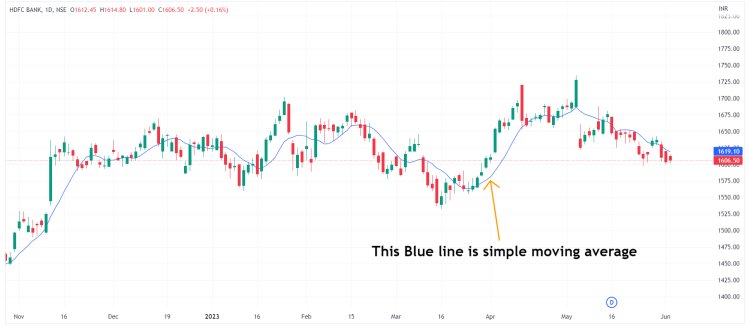Moving Average lagging indicator
Moving Average, When it comes to analyzing financial data, the Moving Average (MA) emerges as a powerful and widely-used lagging indicator.
Share this Post to earn Money ( Upto ₹100 per 1000 Views )

When it comes to analyzing financial data, the Moving Average (MA) emerges as a powerful and widely-used lagging indicator. Traders and analysts rely on this mathematical tool to smooth out price trends, identify potential entry and exit points, and make informed decisions. In this article, we will delve into the concept of the Moving Average, explore its formula, and understand how the Weighted Moving Average (WMA) variant can enhance its effectiveness.
What is the Moving Average? The Moving Average is a lagging indicator that computes the average value of a data set over a specified period, providing a clearer picture of the underlying trend. In financial markets, this indicator is predominantly used to filter out noise and highlight the direction of the price movement, making it an essential tool for traders and investors.
The Moving Average Formula: The formula to calculate the Moving Average is relatively straightforward. For a simple Moving Average (SMA), the sum of closing prices over a given number of periods is divided by the number of periods. Mathematically, it can be expressed as:
However, there are other variations, such as the Exponential Moving Average (EMA) and the Weighted Moving Average (WMA), which assign different weights to data points to emphasize more recent prices. The choice of the Moving Average formula depends on the specific requirements of the analysis.
The Weighted Moving Average (WMA): The Weighted Moving Average (WMA) is a modified version of the SMA and EMA. It assigns greater significance to recent data points while still considering the entire historical dataset. Unlike the SMA, which gives equal weight to all data points, the WMA multiplies each closing price by a specific weight assigned to it.
The WMA formula can be expressed as follows:
Where: = Closing prices for the respective periods = Weights assigned to the respective closing prices
















